## Sweat No More: Samsung’s Bionic Chill Could Revolutionize Gaming
Imagine this: you’re deep in a heated battle royale, your heart pounding, your palms slick, and your gaming laptop threatening to become a personal sauna. Say goodbye to those days, because Samsung and Johns Hopkins APL are cooking up something seriously cool – literally!
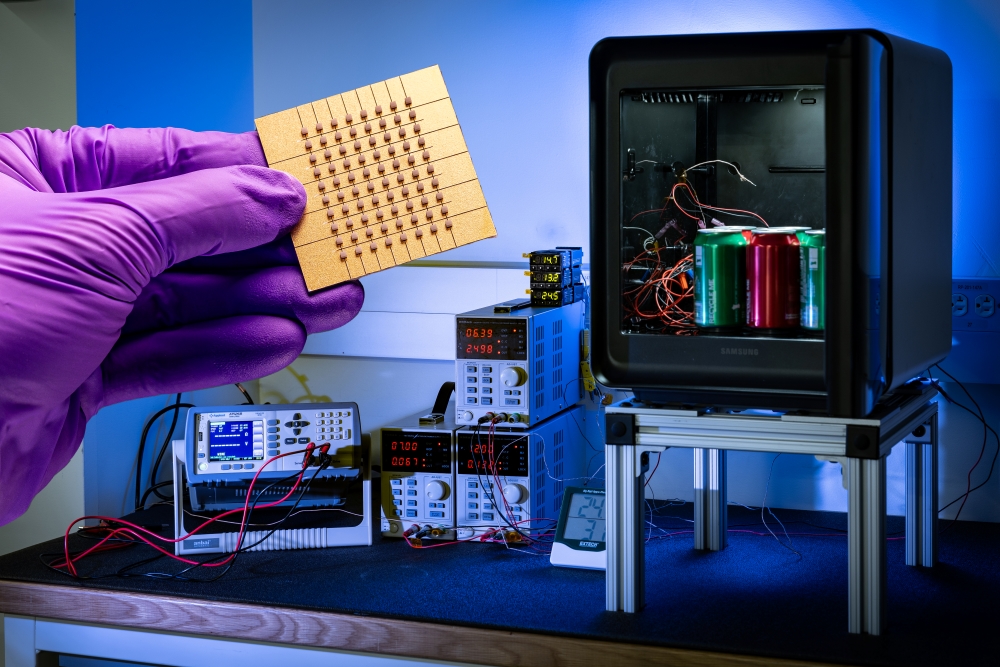
Limitations and Challenges of Existing Tech
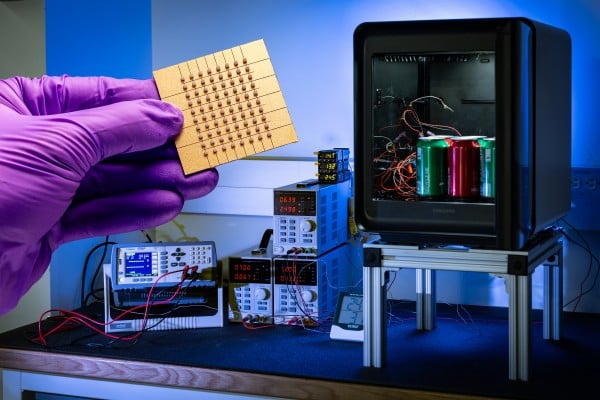
Traditional vapor compression refrigeration methods have been the norm for decades, but they have significant limitations. These methods are often bulky, energy-intensive, and rely on chemical refrigerants that can be harmful to the environment. Furthermore, they require complex configurations, making them unsuitable for various industrial fields.
The limitations of existing technology are evident in the refrigeration industry, where there is a growing demand for more energy-efficient, reliable, and compact cooling solutions. Conventional cooling systems are not only inefficient but also reliant on moving parts and harmful chemicals, making them unsustainable.
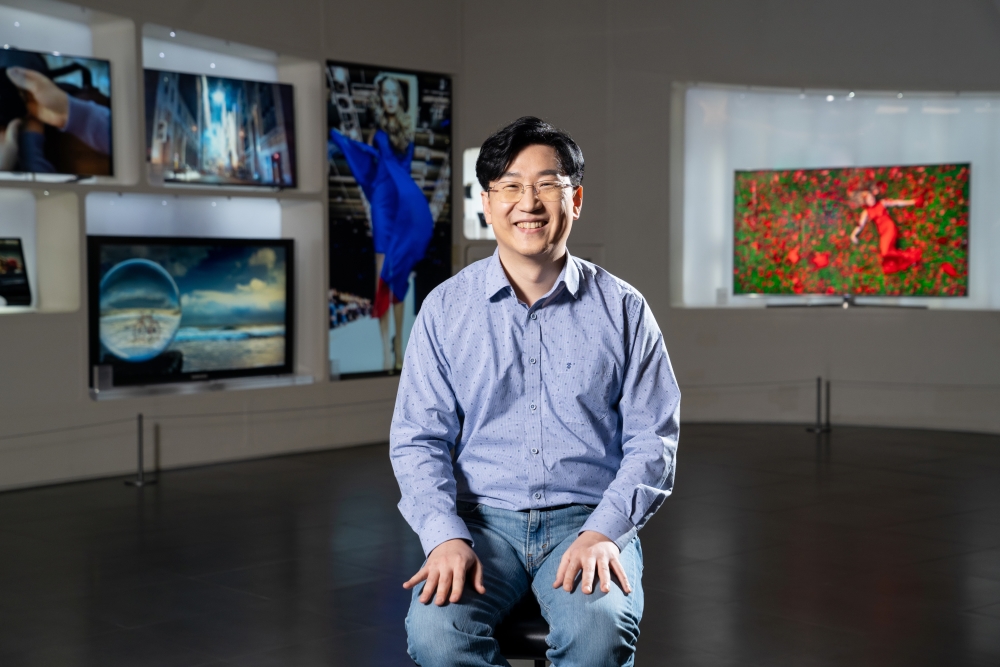
Gains in Efficiency and Performance with CHESS Materials
The development of CHESS materials has led to a significant improvement in efficiency and performance. The research team achieved nearly 100% improvement in efficiency over traditional thermoelectric materials at room temperature. This translates to a near 75% improvement in efficiency at the device level in thermoelectric modules built with CHESS materials and a 70% improvement in efficiency in a fully integrated refrigeration system.
These results demonstrate the potential of CHESS materials to surpass the cooling efficiency of traditional vapor compression refrigerators, creating the possibility for the commercialization of next-generation refrigerators without refrigerants.
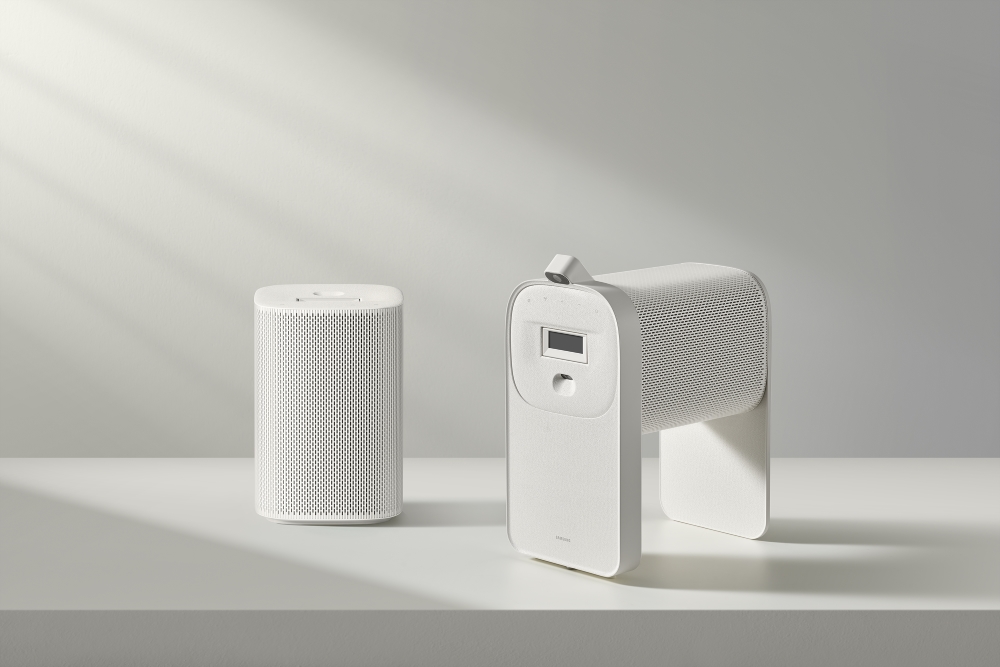
Future Directions for Research and Development
The successful development of CHESS materials and their application in thermoelectric refrigeration systems marks a significant leap in cooling technology. This breakthrough sets the stage for translating advances in thermoelectric materials into practical, large-scale, energy-efficient refrigeration applications.
The potential of CHESS materials extends beyond refrigeration systems, with applications in various industrial fields, including home appliances, semiconductors, medical devices, automotive electronics, and data centers. The continued development of CHESS materials and their integration into various industries could lead to significant gains in both cost-effectiveness and environmental impact.
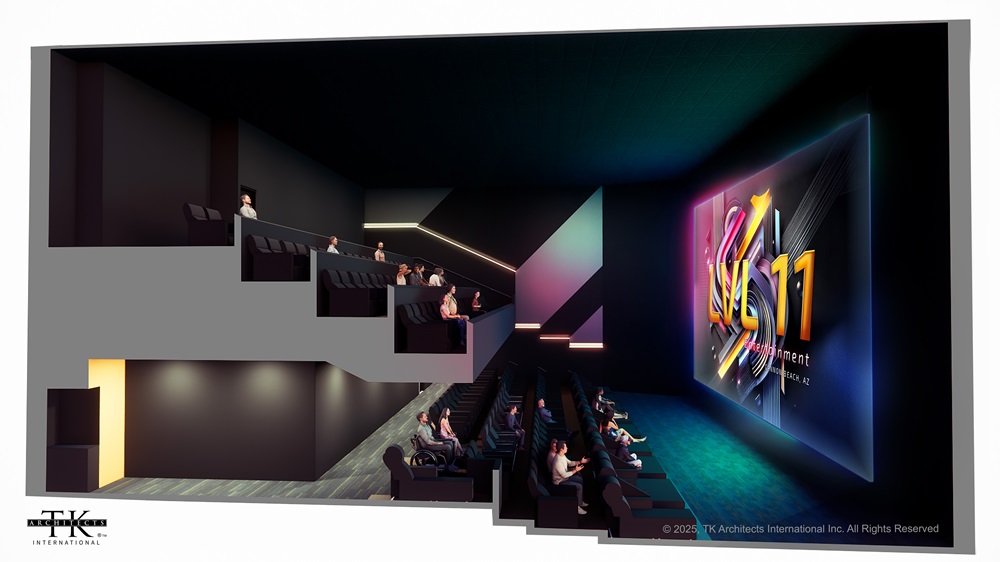
Real-World Applications and Case Studies
Refrigeration Systems and Home Appliances
The development of CHESS materials has significant implications for the refrigeration industry. The potential for compact, energy-efficient, and reliable cooling solutions could revolutionize the industry. With the ability to achieve fast and precise temperature control, these systems could be integrated into various home appliances, such as refrigerators, air conditioners, and heat pumps.
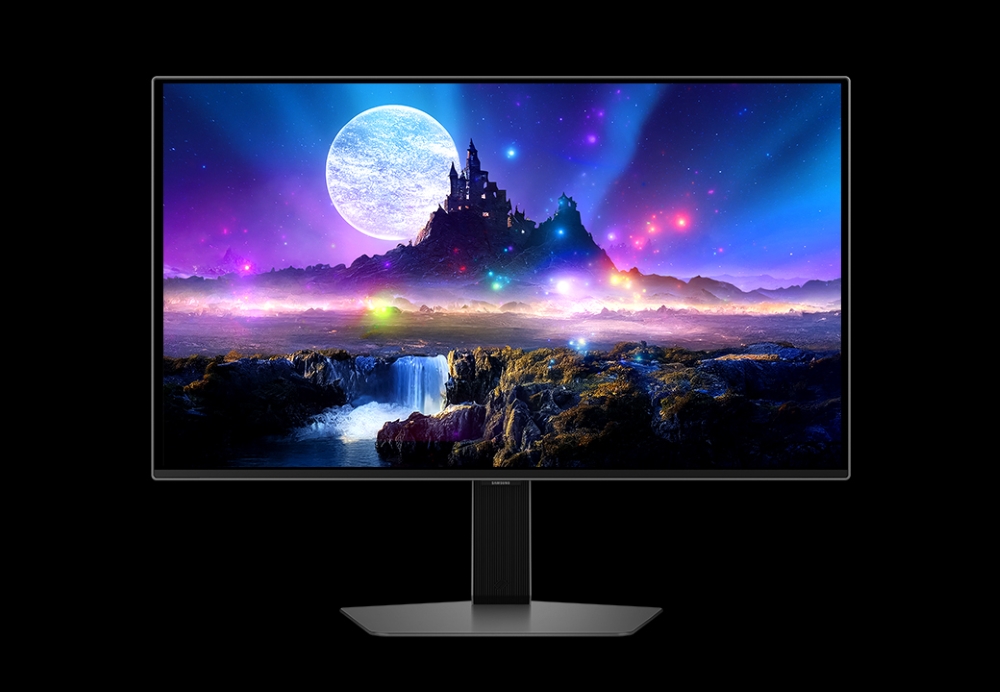
Industrial and Medical Applications
The potential applications of CHESS materials extend beyond refrigeration systems. These materials could be used in various industrial fields, including semiconductors, medical devices, and automotive electronics. The ability to achieve precise temperature control and compact cooling solutions could lead to significant gains in efficiency and performance.
Data Centers and Server Cooling
Data centers and server cooling systems could also benefit from the development of CHESS materials. The potential for compact, energy-efficient, and reliable cooling solutions could lead to significant gains in efficiency and performance. With the ability to achieve fast and precise temperature control, these systems could be integrated into various data center and server cooling systems.
The Road to Commercialization and Mass Production
Overcoming Challenges in Scalability and Cost-Effectiveness
The successful commercialization of CHESS materials requires overcoming challenges in scalability and cost-effectiveness. The research team confirmed that the new manufacturing process not only drastically reduced the amount of CHESS materials required but also simplified the production steps.
This advancement enhanced scalability and enabled mass production, with promising prospects for significant gains in both cost-effectiveness and environmental impact.
Future Directions and Research Opportunities
The successful development of CHESS materials and their application in thermoelectric refrigeration systems marks a significant leap in cooling technology. This breakthrough sets the stage for translating advances in thermoelectric materials into practical, large-scale, energy-efficient refrigeration applications.
The potential of CHESS materials extends beyond refrigeration systems, with applications in various industrial fields, including home appliances, semiconductors, medical devices, automotive electronics, and data centers. The continued development of CHESS materials and their integration into various industries could lead to significant gains in both cost-effectiveness and environmental impact.
Conclusion
Samsung’s collaboration with Johns Hopkins APL on next-generation Peltier cooling technology is a game-changer for the future of gaming. This innovative partnership promises more efficient and silent cooling solutions, directly addressing the growing demand for high-performance, compact gaming devices. By leveraging advanced materials and microfabrication techniques, Samsung aims to shrink the size and boost the performance of Peltier coolers, paving the way for thinner, lighter, and more powerful laptops, consoles, and even handhelds. The implications of this technology extend far beyond gaming. Imagine smartphones that stay cool even under heavy load, VR headsets that eliminate the need for bulky external cooling systems, and data centers that operate with significantly reduced energy consumption. This groundbreaking development represents a significant leap forward in thermal management, unlocking new possibilities for mobile and portable technology. As Samsung and Johns Hopkins APL continue to refine this technology, we can expect to see a wave of innovation across various industries, ultimately leading to a future where powerful devices coexist seamlessly with our increasingly mobile lifestyles. The lines between innovation and reality are blurring, and the future of cool is looking brighter than ever.
